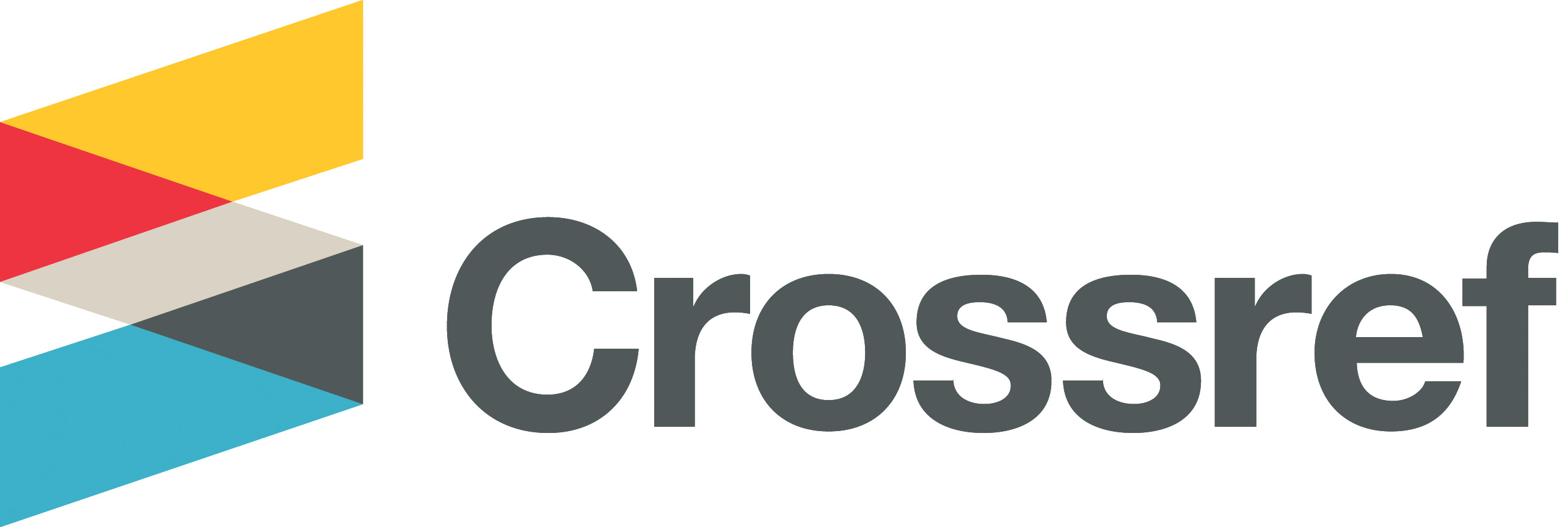Communication Methods of Drug Dealers and Their Impact on Youth in Baghdad
DOI:
https://doi.org/10.33282/abaa.v17i68.1255Keywords:
Communication Methods, Drug Dealers, Drug Users, Psychological and Social ImpactsAbstract
Objectives: This study aims to identify the communication methods used by drug dealers in Baghdad, understand the reasons and factors leading to drug abuse among youth, analyze the language and persuasive techniques used to entice young people into drug use, and highlight the psychological, social, and economic impacts resulting from these methods.
Methodology: The study adopted a qualitative exploratory approach, using in-depth interviews as the primary data collection tool. The purposive sample consisted of 15 participants, including drug dealers, drug users, as well as specialists such as anti-narcotics officers, psychiatrists, and journalists. The interviews were analyzed to monitor communication methods and interpret their impacts.
Results: The findings revealed that traditional social relationships remain the most prominent channel for drug promotion. Emotional and psychological vulnerability is among the key factors exploited to attract users. The study also found that the transition from drug user to dealer represents a critical stage influenced by these communication tactics. The research concluded that comprehensive preventive approaches are necessary, focusing on community education, enhancing family supervision, and reinforcing security measures.
Conclusion: The study uncovered complex communication dynamics used to lure youth into drug use, primarily based on exploiting trust and social ties. Despite the widespread use of technology, traditional methods remain the most effective in the Iraqi context. This requires a multidimensional national preventive strategy that combines family awareness, security enforcement, and psychological and social support for young people.
Downloads
References
Ahmed, M. A., & Masitula, N. (2024). PSYCHOLOGICAL EFFECTS AND MEASURES TO PUT IN TO PREVENT EFFECTS OF DRUG ABUSE AMONG STUDENTS OF PUBLIC SECONDARY SCHOOL IN EMBAKASI CONSTITUENCY IN KENYA. A CROSS-SECTIONAL STUDY. SJ Mental Health Africa, 1(7), 1-5. https://doi.org/10.51168/amb2fd44
Al-Waqa'i Al-Iraqiya Gazette. (2017). The Narcotics and Psychotropic Substances Law No. (50) of 2017. Retrieved from https://www.moj.gov.iq/upload/pdf/4446.pdf
Aldridge, J., & Askew, R. (2017). Delivery dilemmas: How drug cryptomarket users identify and seek to reduce their risk of detection by law enforcement. International Journal of Drug Policy, 41, 101-109. https://doi.org/10.1016/j.drugpo.2016.10.010
Alomari, A. R. B. A. (2015). the effects of addiction on the cognitive processes have raised considerable controversy about the generalization of the effects of drugs with their different types on the performance of cognitive processes. Arab Studies in Education and Psychology, 58(58), 205-222. https://doi.org/10.12816/0022415
Atkyns, R. L., & Hanneman, G. J. (1974). Illicit Drug Distribution and Dealer Communication Behavior. Journal of Health and Social Behavior, 15(1), 36-43. https://doi.org/10.2307/2136924
Bardwell, G., Boyd, J., Arredondo, J., McNeil, R., & Kerr, T. (2019). Trusting the source: The potential role of drug dealers in reducing drug-related harms via drug checking. Drug and Alcohol Dependence, 198, 1-6. https://doi.org/10.1016/j.drugalcdep.2019.01.035
Bochmann, G., & Sunshine, C. (1980). Formal Methods in Communication Protocol Design. IEEE Transactions on Communications, 28(4), 624-631. https://doi.org/10.1109/tcom.1980.1094685
Clark, H. H. (2016). Depicting as a method of communication. Psychological Review, 123(3), 324-347. https://doi.org/10.1037/rev0000026
Coomber, R. (2010). Reconceptualising drug markets and drug dealers — the need for change. Drugs and Alcohol Today, 10(1), 10-13. https://doi.org/10.5042/daat.2010.0122
Dewey, M., & Buzzetti, A. (2024). Easier, faster and safer: The social organization of drug dealing through encrypted messaging apps. Sociology Compass, 18(2), e13175. https://doi.org/10.1111/soc4.13175
Editorial Staff. (2024). Alcohol and Drug Abuse Statistics (Facts About Addiction). American Addiction Centers. https://americanaddictioncenters.org/addiction-statistics
Frey, L. R., Botan, C. H., & Kreps, G. L. (2000). Investigating Communication: An Introduction to Research Methods (2 ed.). Allyn and Bacon. https://uurimismeetodid.pbworks.com/f/00%20Investigating%20Communication.%20Contents%20and%20Preface.PDF
Hu, C., Liu, B., Li, X., Ye, Y., & Yin, M. (2024). Knowledge-prompted ChatGPT: Enhancing drug trafficking detection on social media. Information & Management, 61(6), 104010. https://doi.org/10.1016/j.im.2024.104010
Huang, L.-C., Wu, X., & Chen, J. Y. (2011). Predicting adverse side effects of drugs. BMC Genomics, 12(5), S11. https://doi.org/10.1186/1471-2164-12-S5-S11
Ibrahim, A. G., Hashimu, S., & Yabo, S. (2022). The social impact of drug abuse on student academic performance in Umaru Ali Shinkafi Polytechnic Sokoto State Nigeria. The Beam: Journal of Arts and Science, 14(2), 1118-5953. https://journal.uaspolysok.edu.ng/thebeam/articles.php?ids=view&jid=474
Korshøj, N. T., & Søgaard, T. F. (2024). Hybrid drug dealing: Merging on- and offline spheres when dealing drugs via social media. International Journal of Drug Policy, 130, 104509. https://doi.org/10.1016/j.drugpo.2024.104509
Lewis, S. C., & Molyneux, L. (2018). A Decade of Research on Social Media and Journalism: Assumptions, Blind Spots, and a Way Forward. Media and Communication, 6(4), 11-23. https://doi.org/10.17645/mac.v6i4.1562
Lubran, M. M. (1989). Hematologic side effects of drugs. Annals of Clinical & Laboratory Science, 19(2), 114-121. https://www.annclinlabsci.org/content/19/2/114.short
Macnamara, J., & Zerfass, A. (2012). Social Media Communication in Organizations: The Challenges of Balancing Openness, Strategy, and Management. International Journal of Strategic Communication, 6(4), 287-308. https://doi.org/10.1080/1553118x.2012.711402
Muzil, J. A., Abdulwahid, D. A., Abed, A. H., & Kammad, Z. A. (2023). Substance abuse in Iraq, Quantifying the Picture. Journal of Population Therapeutics and Clinical Pharmacology, 30(12), 302-313. https://doi.org/10.47750/jptcp.2023.30.12.036
Nelson, E.-U. E., & Ramirez, T. M. (2022). “The business is about knowing who to sell to”: Nigerian retail-level drug dealers’ strategies for avoiding police arrest. International Journal of Law, Crime and Justice, 68. https://doi.org/10.1016/j.ijlcj.2021.100510
Olla, M. (2024). Addiction In The Workplace: Statistics and Economic Impact. Valley Spring Recovery Center Retrieved August 30 from https://valleyspringrecovery.com/addiction/drug/statistics/workforce/
Søgaard, T. F., Kolind, T., Haller, M. B., & Hunt, G. (2019). Ring and bring drug services: Delivery dealing and the social life of a drug phone. International Journal of Drug Policy, 69, 8-15. https://doi.org/10.1016/j.drugpo.2019.02.003
Taylor, M., & Potter, G. R. (2013). From “Social Supply” to “Real Dealing”:Drift, Friendship, and Trust in Drug-Dealing Careers. Journal of Drug Issues, 43(4), 392-406. https://doi.org/10.1177/0022042612474974
Downloads
Key Dates
Received
Revised
Accepted
Published
Issue
Section
License
Copyright (c) 2025 Author

This work is licensed under a Creative Commons Attribution 4.0 International License.
Authors retain copyright and grant the journal right of first publication with the work simultaneously licensed under a Creative Commons Attribution License (CC BY 4.0) that allows sharing the work with recognition of authorship and initial publication in ABBA journal.

















